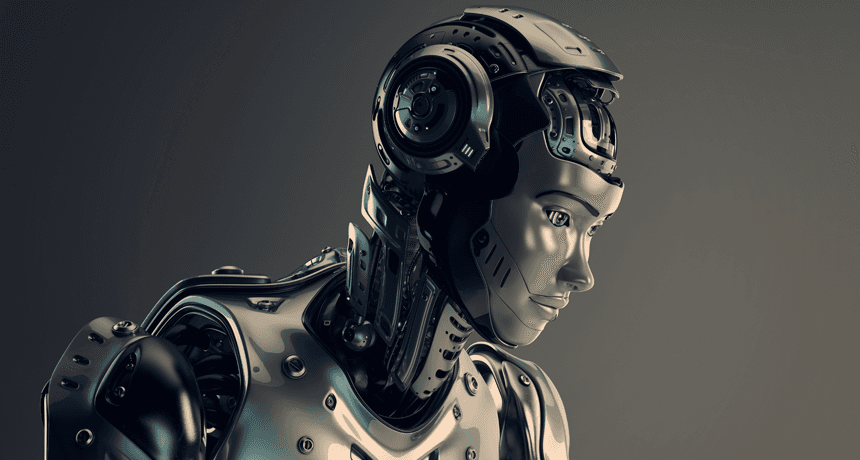
Jan 12, 2024
The Future of Web3 Gaming
The Future of Web3 Gaming: Decentralization, Ownership, and a New Era of Play
The gaming industry has always been at the forefront of technological innovation, from the early days of arcade machines to the rise of online multiplayer games. Now, with the advent of **Web3**, the gaming world is set for another revolutionary transformation. Web3 gaming, powered by blockchain technology, is poised to change how games are developed, played, and monetized. But what does the future of Web3 gaming look like? Let’s explore how decentralized technologies will redefine the gaming landscape.
What is Web3 Gaming?
Web3 gaming refers to games built on decentralized networks that leverage blockchain technology, smart contracts, and digital assets like cryptocurrencies and NFTs (Non-Fungible Tokens). Unlike traditional gaming, where players often have limited control over in-game assets and experiences, Web3 gaming empowers players with true ownership and greater participation in the gaming ecosystem.
At the core of Web3 gaming is the principle of decentralization. In traditional games, the game’s developer or publisher controls the entire ecosystem—servers, assets, and game rules. In contrast, Web3 games are decentralized, meaning that control is distributed among players and developers. This decentralization opens up new possibilities for player interaction, asset ownership, and game development.
Key Features of Web3 Gaming
1. True Ownership of Assets: One of the most significant changes that Web3 brings to gaming is the concept of true ownership. In traditional games, players may spend hours collecting in-game items or currency, but they don’t truly own those assets. With Web3, players can own their in-game assets as NFTs, which are stored on the blockchain. These assets can be traded, sold, or even used across different games, giving players unprecedented control.
2. Play-to-Earn (P2E) Models: Web3 gaming introduces the concept of play-to-earn, where players can earn real value from their in-game activities. Through blockchain and cryptocurrencies, players can be rewarded with tokens that have real-world value, blurring the line between gaming and work. Games like Axie Infinity and The Sandbox have already demonstrated the potential of this model, enabling players to earn a living through gaming.
3. Decentralized Game Development: In Web3 gaming, the development process can become decentralized as well. Developers can create open-source games that allow the community to contribute, modify, and improve the game. This fosters a collaborative environment where players and developers work together to shape the future of the game, rather than being confined to the vision of a single company.
4. Interoperability Across Games: Web3 enables the interoperability of assets across different games and platforms. Imagine using a sword you earned in one game in another game or transferring your character's experience points across titles. This level of cross-game functionality creates a more connected and seamless gaming experience.
5. Player-Driven Economies: In Web3 games, players can participate in and influence the in-game economy. By owning assets and tokens, players have a direct stake in the game’s ecosystem. They can create and trade goods, offer services, and even become game developers themselves, all while contributing to a dynamic and evolving economy.
The Future of Web3 Gaming: What to Expect
1. Mass Adoption of Play-to-Earn Models: As Web3 gaming continues to evolve, play-to-earn models will likely become a dominant force in the gaming industry. More players will be drawn to games where they can earn real value for their time and effort. This shift could lead to new career opportunities for gamers, as professional play-to-earn players, streamers, and content creators emerge.
2. Metaverse Integration: The concept of the metaverse—a shared, virtual universe where users can interact, socialize, and play—will be deeply intertwined with Web3 gaming. Blockchain technology will enable players to move seamlessly between different games and virtual worlds, carrying their digital assets and identities with them. This will create a more immersive and interconnected gaming experience.
3. Expansion of Decentralized Autonomous Organizations (DAOs): DAOs are already gaining traction in the Web3 space, and their influence will extend into gaming. In Web3 gaming, DAOs can govern games, allowing players to vote on key decisions, such as game updates, rules, and even revenue distribution. This will give players a voice in the development process and foster a sense of community ownership.
4. Rise of NFT-Based Games: As NFTs become more popular, we can expect to see a surge in games that revolve around digital collectibles. These games will allow players to create, trade, and showcase unique items, characters, and virtual real estate. NFT-based games will blur the lines between gaming, art, and commerce, creating new opportunities for creators and players alike.
5. Enhanced Security and Fair Play: Blockchain’s decentralized nature provides enhanced security and transparency in gaming. Players can trust that their assets are secure and that the game’s rules are fair, thanks to the immutable nature of blockchain technology. This will help reduce issues like cheating, fraud, and unauthorized asset manipulation, making for a more trustworthy gaming environment.
6. Challenges Ahead: While the future of Web3 gaming is promising, there are hurdles to overcome. Scalability remains a concern, as blockchain networks must handle the demands of large-scale gaming environments. Additionally, the complexity of setting up and using blockchain-based games can be a barrier to entry for casual gamers. The user experience will need to be streamlined to attract a broader audience. Furthermore, regulatory challenges surrounding cryptocurrencies and NFTs could impact the growth and adoption of Web3 gaming.
Conclusion: A New Era of Gaming
Web3 gaming represents a paradigm shift in how we think about games. By decentralizing control, empowering players with true ownership, and creating new economic models, Web3 is set to revolutionize the gaming industry. The future of Web3 gaming is one where players are no longer just consumers; they are creators, stakeholders, and owners in the gaming ecosystem.
As Web3 technology continues to advance, we can expect to see a gaming landscape that is more inclusive, innovative, and rewarding. Whether you’re a casual gamer or a dedicated enthusiast, the rise of Web3 gaming offers exciting possibilities for everyone. Prepare for a new era of play, where the boundaries between virtual and real worlds blur, and where the power is truly in the hands of the players.
Aug 8, 2024
The Next Frontier of Decentralized Automation
Aug 15, 2024
The Rise of Robots in SaaS Companies
Feb 28, 2022
Unlocking Autonomous Economies
See all posts




